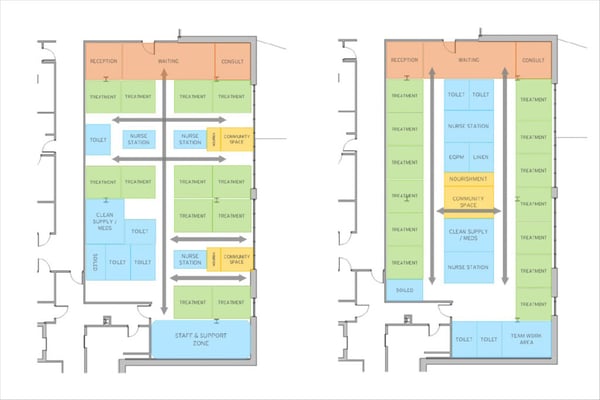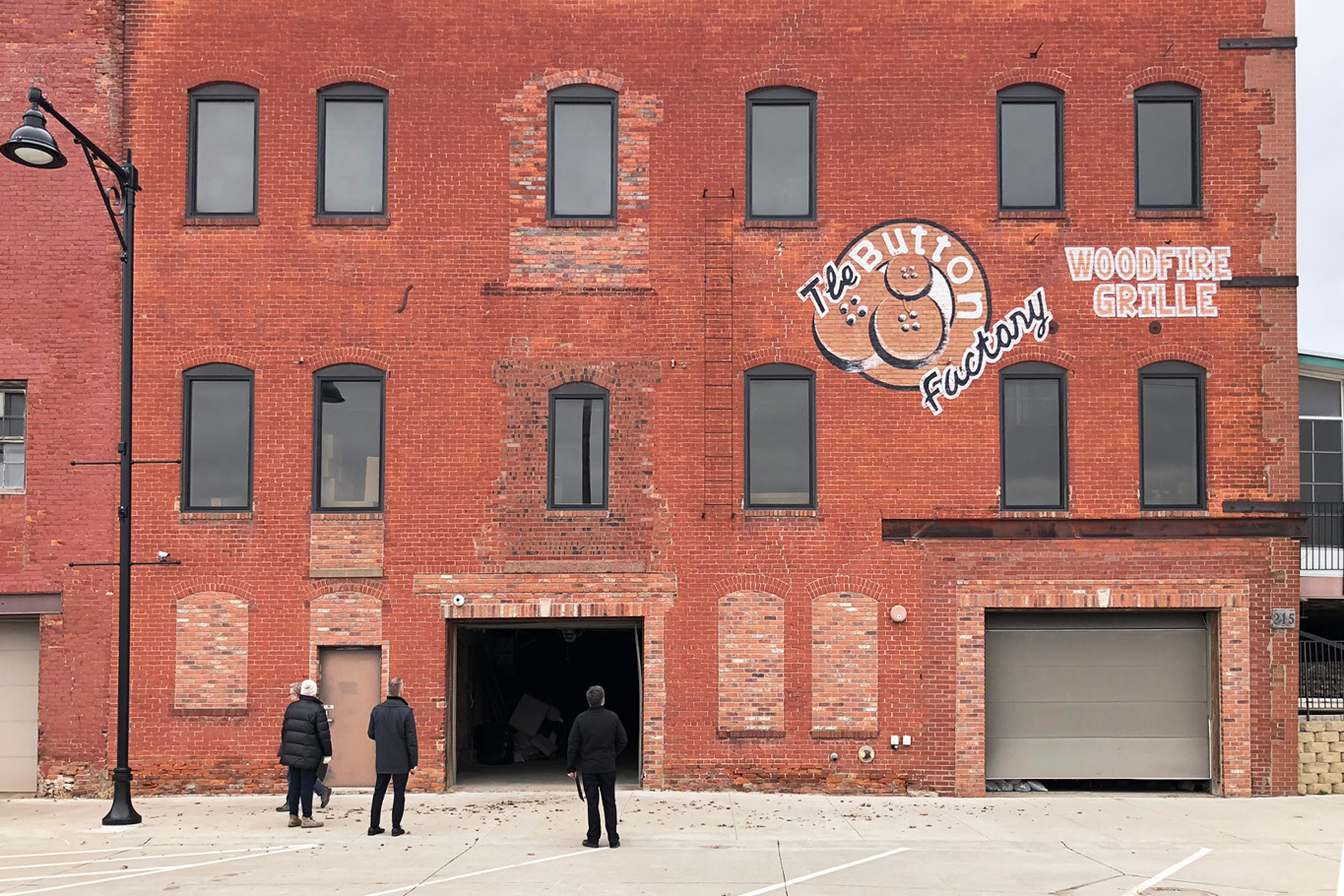Site selection is a crucial component of any building project. The process involves analyzing your options and weighing the advantages and disadvantages of each. Whether you have a site in mind or you don’t know where to begin, an architect can help.
We’ve helped multiple clients make informed decisions about their facility’s location. In our experience, there are multiple factors to consider beyond a site’s aesthetic appeal, including sustainability, zoning laws, funding options, and sizing requirements.
In this article, you will learn how your architect will guide you through the site selection process and help you narrow your options. After reading, you will better understand the factors you should consider when you are choosing a new location.
5 Ways an Architect Helps with Site Selection
1. Weigh Your Priorities
When it comes to location, every organization has different priorities. Some need to be in a walkable, high-traffic area, while others need space that accommodates commuter parking. Your business model, long-term goals, and the needs of your occupants will determine your priorities.
Your architect can lead you through a workshop and help you create a list of criteria. For example, you may determine you need:
- A highly visible location
- Access to amenities and public transit
- Room to grow your operations in the future
- A flexible workspace
After determining your criteria, you will list the priorities from greatest to least importance, and your architect will create a matrix, assigning each priority a numerical value. The goal is to provide a systematic approach to analyzing each site.
2. Analyze Sustainability
Your architect can also analyze each site’s sustainability. If you choose to utilize a third-party green building rating system, your architect can assess the site through the system’s criteria.
Leadership in Energy and Environmental Design (LEED), for instance, has several location-specific points. The ideal LEED site is in a dense, walkable area and close to public transportation.
Along with green building rating system criteria, your architect can assess the viability of solar arrays, geothermal energy systems, and more. Discuss your sustainability goals with your architect early to get the most out of the site selection process.
3. Analyze Zoning and Easements
An architect’s assessment extends beyond the priorities you have outlined. They should also consider the additional factors that will impact your project.
These factors include zoning and code requirements. Cities will have different zoning laws that may impact the viability of your vision. For example, some municipalities have aesthetic requirements related to materials. You will need to consider if you are comfortable with these restrictions before you make a decision.
Along with zoning requirements, your architect will also check for any easements. A property easement is a legal situation where another person or an organization has the right to use the land for a specific purpose. For example, the property may contain a storm sewer line or an underground electric line owned by a utility company.
Depending on the situation, an easement can create design restrictions. Understanding these restrictions will help you determine if the site is viable for your project.
4. Explore Funding Options
Your building’s location can open doors to different forms of funding. Depending on the area, some sites may provide access to Tax Incremental Financing, economic grants, rebates, or federal historic tax credits.
When you initially visit sites, these funding options may not be obvious. Your architect can research and see if additional money is on the table with a particular location.
5. Perform Tests Fits and Other Forms of Analysis
Perhaps most importantly, your architect will analyze if the site fits the project you have in mind. After learning about your goals, they will assess how much square footage you will need and perform “test fits” by attempting different configurations.
If you are planning a renovation, your architect can join you and your realtor on building tours and identify any opportunities or restrictions the space may present.
For example, when the Stanley Center for Peace and Security was selecting a site, workplace flexibility was a high priority. Joining them on tours, we examined the buildings’ footprints and structural systems and found that some spaces offered more flexibility than others. Ultimately, this analysis helped narrow their options.
Lastly, your architect can compare options to your current site. You may consider staying at your current location and either renovating or rebuilding. Your architect can test the feasibility of each option and help you weigh the benefits, drawbacks, and cost implications.

A test fit for a renovation project.
Preparing for the Site Selection Process
So, how do you get the most out of the site selection process? Before starting the process, talk to your architect about your vision and long-term goals.
Discussing your operations, anticipated growth, and sustainability goals will make your architect’s analysis even more effective. If you are unsure of your goals, your architect can lead you through a programming process.
You should also know that site selection is often a supplemental service. The analysis may be outside the architect’s basic services fee, and you may be charged at an hourly or flat rate. Talk to your architect about the cost and get an estimate before starting the process.
Next Steps
Site selection is not something to take lightly. Your facility’s location can have a major impact on both your initial construction costs and your long-term goals. An architect can help by collecting data, researching funding, and testing the viability of different options.
Ultimately, your architect will help you weigh the pros and cons of each option and make an informed decision. Their analysis is especially helpful if you report to stakeholders or constituents. A site analysis shows you have done your due diligence and considered every option before making a selection.
Now that you better understand the site selection process, learn how a feasibility study can help you learn about the challenges and opportunities your project presents. To learn about our approach to site selection, contact us and discuss your project with one of our architects.
